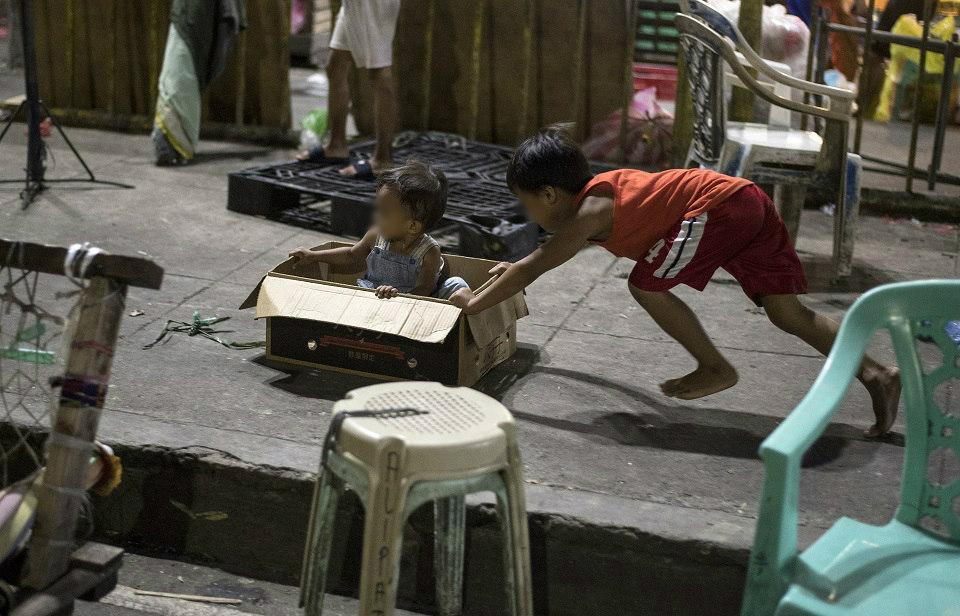PSA says poor Filipinos fewer in 2023

There were fewer Filipinos living in poverty or those whose incomes were insufficient to buy minimum basic food and non-food needs in 2023 compared to two years earlier, data released by the government on Monday showed.
Preliminary results of the Philippine Statistics Authority’s (PSA) Family Income and Expenditure Survey (FIES) showed that there were 17.54 million poor Filipinos in 2023, translating to a poverty incidence of 15.5%.
This is lower than the 19.99 million poor Filipinos in 2021 when the poverty incidence was 18.1%, and the 17.67 million in 2018, when the poverty incidence rate was 16.7%.
The PSA attributed the decline to the increase in the mean per capita income, which grew by 17.9% to P85,290, faster than the increase in poverty threshold, which climbed by 15.3% to P33,296.
The biggest increase in the mean per capita income was seen in the first decile class, which climbed 25.3% to P24,954. This was followed by the second decile class, which grew 22.9% to P36,716, and the third decile class, which grew by 22.2% to P45,596.
In terms of families, there were 3.00 million poor families in 2023, equivalent to a poverty incidence rate of 10.9%. This compares with the 3.50 families in 2021 with a poverty incidence rate of 13.2%, and 17.67 families in 2018 with a poverty incidence rate of 16.7%.
“The observed decline in poverty incidence from 2021 can be explained by the changes in the poverty threshold and income data from 2021 to 2023,” the PSA said in an accompanying statement.
The FIES data was conducted in July 2023 based on collected income data from January to June 2023, and in January 2024 based on collected income data from July to December 2023.
According to the National Economic and Development Authority (NEDA), the latest figures indicate not just an improvement, but surpass the government’s 16.0% to 16.4% target for 2023 as highlighted in the Philippine Development Plan 2023-2028.
“These encouraging figures underscore our unwavering commitment to implement effective policies and initiatives that uplift the lives of our countrymen,” NEDA Secretary Arsenio Balisacan said in a separate statement.
“As we welcome news of our progress, we remain steadfast in our efforts to ensure that our economic gains are truly felt by all Filipinos, rich and poor alike,” he added.
Balisacan said that high inflation during the first half of the year, which averaged 3.5%, may have partially offset the growth in poverty reduction during the period.
“The decline in poverty could have been sharper had inflation been more moderate. But what is perhaps most encouraging to see is that mean per capita incomes for the poorest Filipinos — those belonging to the bottom deciles — grew quite fast, faster than those in the top decile classes and faster than the rate at which the poverty threshold grew,” he said.
“In other words, economic growth was progressive,” he added, but noted that policy implications remain clear that food security remains a top government priority, along with agricultural productivity.
A survey conducted by OCTA Research found that 42% or about 11 million Filipino families considered themselves poor in the first quarter, down from 11.9 million families in the fourth quarter of 2023.
Results of a separate survey conducted by the Social Weather Stations (SWS) showed that 46% of Filipino families considered themselves poor while 33% felt they were food-poor. —KBK, GMA Integrated News




